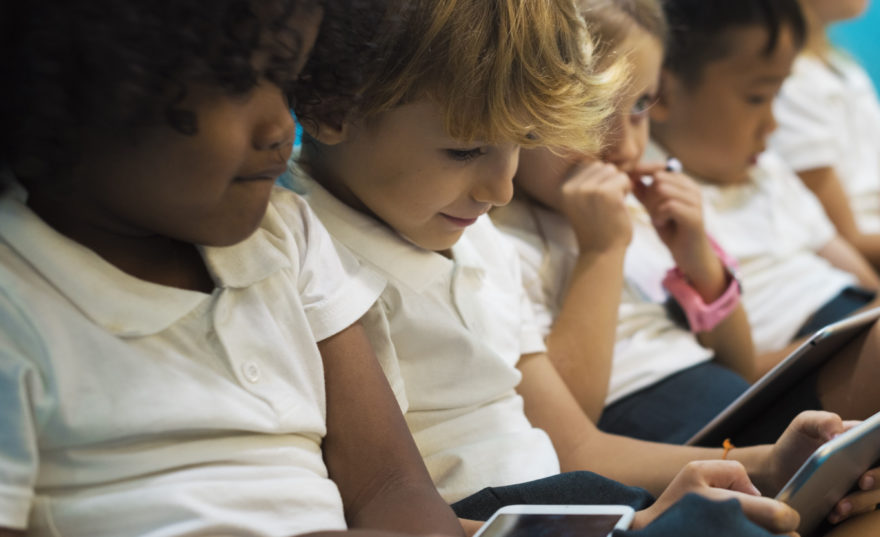This guest blog from Shaun Liverpool, ACAMH Member and PhD Student from the Anna Freud Centre, National Centre for Children and Families, follows on from The Bridge Informatics Issue.
A systematic review of the literature on the use of mHealth (mobile phone or tablet) to support child and adolescent mental health from 2008 to 2016 was conducted by Grist and colleagues. Results showed that only 5 articles reported mental health outcome data based on the evaluation of 3 out of 15 apps identified. The efficacy of these apps were examined and Mobiletype showed significant reductions in depression, anxiety, and stress in young people aged 14-24 years; Veldhuis showed improvements in self-esteem of adolescent girls 12-18 years; and Whiteside reduced OCD symptoms in 2 young persons after 4 and 3 months respectively.
Overall, app usage was moderate and participants demonstrated a good level of compliance to recommended use and adherence (Mobile Mood Diary; SmartCAT; Mobiletype; CopeSmart). Additionally, app acceptability based on feedback from adolescents highlighted privacy concerns and suggestions that apps should be engaging, interactive, attractive and allow personalization. App users reported “the app was easy to use”, “would use it in the future”, “felt others would use it”, “would recommend to others”, “helpful”, “good” and “easy to understand”. On the other hand, therapists had concerns around privacy and security, increased responsibility, workload, cost of implementation and need for training. However, therapists thought Mobile Mood Diary “helped engage patients in therapeutic tasks and broke down barriers in sessions”.
This review surely builds a case to examine the advantages (e.g constant availability, greater access, immediate support, anonymity, lower cost and increasing service capacity and efficiency) and disadvantages (e.g privacy; knowledge of technologies, and security) of using mHealth in child and adolescent mental health services (CAMHS). The authors concluded that at the time this review was conducted, there were no evidence to support the effectiveness of apps designed for adolescents with mental health challenges.
However, this lack in evidence base does not negate the possibility that a well-designed, tested mobile app could be effective. Suggestions would be to apply co-design strategies with service users and clinicians to develop and implement app usage within CAMHS. The “law of attrition” which states that in eHealth participant participation decreases over time is also noted in this review. Therefore, researchers and practitioners can work together to discover ways to promote continued use of digital interventions.
Surprisingly, this review highlights, that despite the significant increase, availability and usage of mobile devices by children and teenagers, there is still a lack of evidence to support their safety or effectiveness with vulnerable populations. This literature is timely and can give rise to a pertinent research question of “What is the cost effectiveness of implementing app usage in CAMHS?”
The following are the apps named in this review:
| CopeSmart | Crisis Care | Daybuilder |
| Mayo Clinic Anxiety Coach | Mobiletype | Mobile Mood Diary |
| Pretty | REACH app | Recovery Record |
| Safety Plan app | SmartCAT | The ACT app |
| TickiT |
Original article:
This contribution was made possible by funding from the European Union’s Horizon 2020 research and innovation programme under the Marie Skłodowska-Curie grant agreement No. 722561
